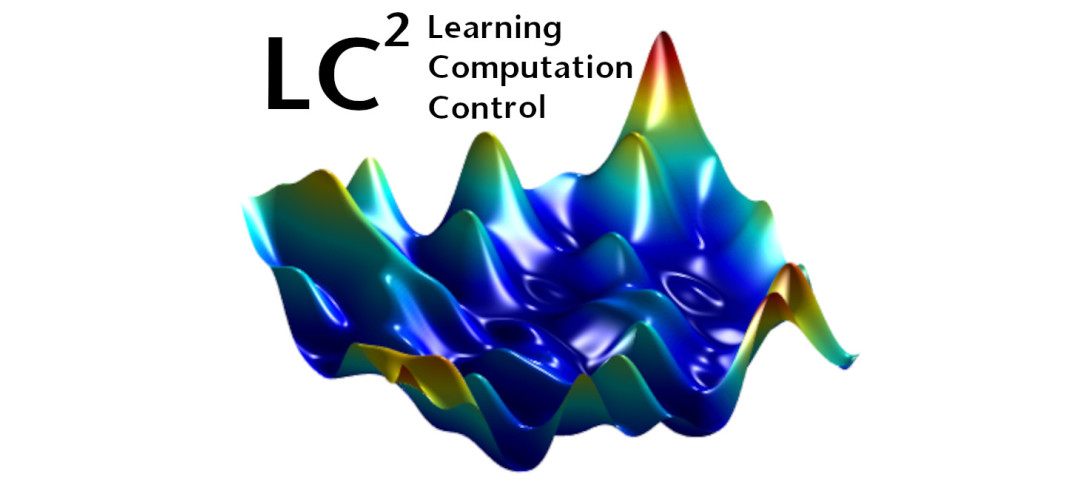
Abstract:
Optimal transport is a classical problem in mathematics that has historically been an important tool in economics and operations research. Recent breakthroughs related to theoretical aspects and numerical solution methods have made it readily available for problems in systems, control, and estimation. The goal of this talk is to give an intuitive introduction to optimal transport and why it is well-suited for problems in estimation and control.
The optimal transport problem is to find the most efficient way to morph one distribution into another one. We see that this can be interpreted both as an estimation problem and as an optimal control problem between two distributions. However, many control and estimation settings involve more than two distribution. For instance, a distribution of interest may be observed at different time instances, or by multiple measuring devices. Such problems can be modelled using optimal transport with graphical structures that take into account the relationship between the given distributions. We show that this new framework yields an efficient and flexible tool that allows for addressing a multitude of control related applications. For instance the framework can be used to solve information fusion problems, and optimal control and state estimation problems for ensembles of dynamical systems.